Yes. The key factor here is to recognize that when using git-bisect to track down a bug you do not necessarily have to run along the original branch, you can also create a copy branch that you slightly modify.
The modifications I think of are things like for instance
- Temporary add some more files to
.gitignore as the first commit in the bisect branch to make git status output clean.
- Fix commits that does not compile for trivial things like missing include statements etc.
- Disable unit test for parts of the system that are not affected by the bug you are trying to find (this can be a huge time saver).
- Split a large commit into multiple commits.
- Etc
Now of course any change might mask/fix errors/add new errors, but if you keep the changes small/unrelated to what you are suspecting this should normally be fine. In worst case this will not work, but most likely it can identify the problem in a commit on the copy branch which you then need to correlate with the same commit on the original branch.
Now for the case you describe I assume the you have something like the following

and you want to bisect between main and Test-A. To flatten merge commit you can use interactive rebase which by default flattens the history1. So with
git branch Test-A.bisect Test-A
git checkout Test-A.bisect
git rebase --interactive main # Just saving and exiting the editor here.
git diff Test-A.bisect Test-A # Verify that there are no unexpected differences.
then you end up with a Test-A.bisect branch without merges, which you then can run bisect on (with the caveat that it is not exactly the same as the original branch, but this very seldomly is a significant problem).

1 You need to specify --rebase-merges for it to keep merge commits. I do include it by default in my ri alias for interactive rebase.

